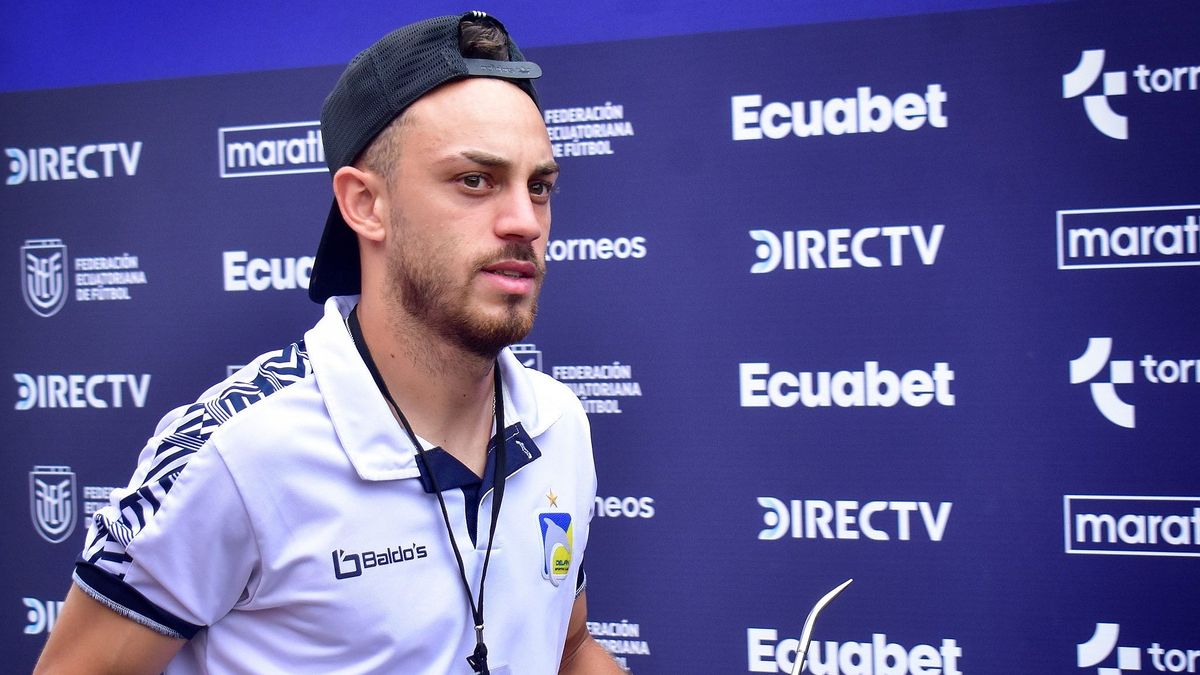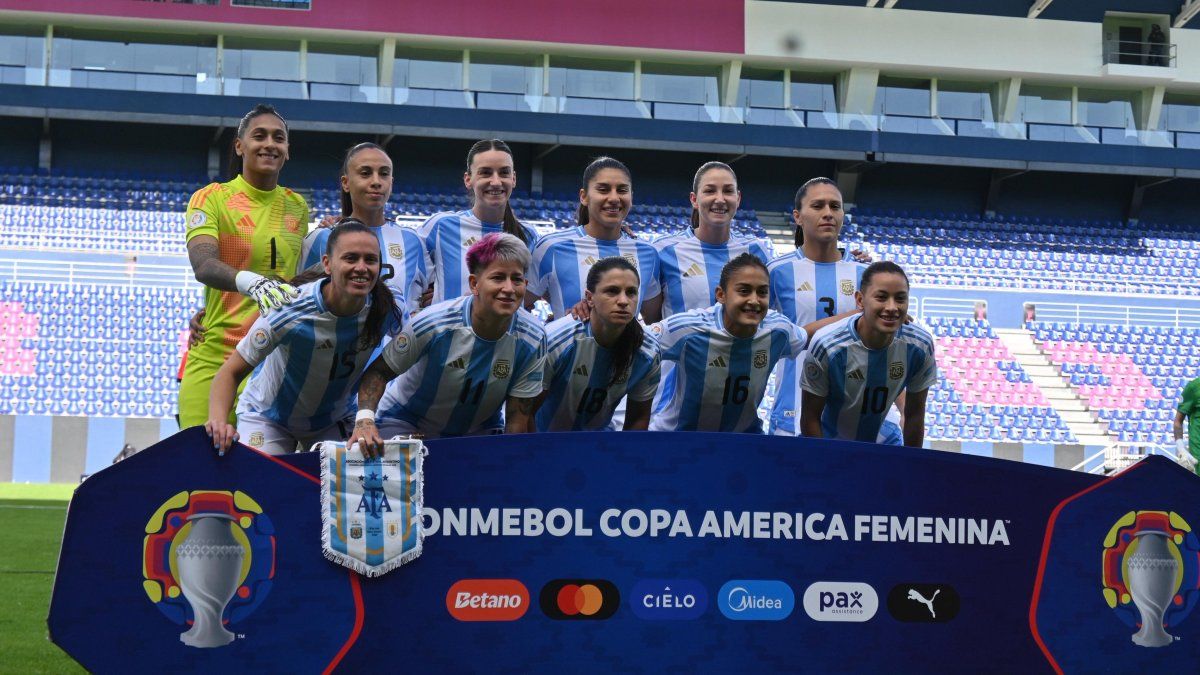Surprisingly, Microsoft presented the successor to Windows 10. But if you take a closer look, you can see that the jump is actually not that big. Nevertheless, the group has good reasons not to simply bring out the new system as an update.
There is a magic inherent in every beginning – Hermann Hesse already knew that. And Microsoft also seems to have taken the idea of the new Windows 11 to heart. Because purely from the features and modifications, Windows 11 could have appeared as a simple update for Windows 10. But Microsoft wanted a restart for several reasons.
It was by no means foreseeable that there would be a Windows 11 at all. The introduction of Windows 10 was also associated with a promise: Anyone who bought the new system would never have to buy a new Windows again, all future systems would be free updates for the “last Windows”, the company announced at the time. But the idea of the eternal Windows began to show its disadvantages in the last few years.
Contaminated sites
One of the most important is the perception of the system. Although Windows 10, which is now installed on hundreds of millions of computers and bears the same name as the system that was to be the last Windows in 2015, has remained the same system in people’s minds, a lot has happened since then. Microsoft has turned the look inside out, repeatedly removing features and adding new ones. But without the radical break of a new system number, even the numerous changes are not enough to make the system feel different. Even with radical changes such as the support of Android apps or the Amazon assistant Alexa directly in the system, Windows 10 was still Windows 10.
And on the technical side, too, the disadvantages slowly became apparent. Windows 10 supported even year-old computers when it was introduced in 2015 – and it still has to do it. Even the systems that were current at the time are no longer technically up-to-date. That hinders development. After all, the system must still function largely smoothly on processors that are ten years old.
Again from the beginning
By switching to a new system version, Microsoft can get rid of this legacy. The psychological restart should be extremely important for Microsoft in one important point in particular: in its Windows Store. The shop for programs included in Windows has long been the operating system’s Achilles heel. While the smartphone users found it a matter of course to get their supplies from the App Store and Play Store, the Windows Store remained a tragedy.
Microsoft wants to change that with the new system. The redesigned shop is a signal for users and developers alike. Microsoft wants to clean up, make the store with a new look, more supported program types and an attractive earnings model, first for the software developers and then also for the users considerably more attractive.
One is also ready to take radical steps to achieve this. For the first time, even browsers such as Google Chrome are allowed to be offered in the store. Microsoft is even taking a radical step in terms of income opportunities: unlike Apple and Google, companies like Netflix are allowed to install their own billing system. If you pay for your subscription via the app itself instead of via the store, Microsoft does not want to collect any portion of these fees, the company promised. This puts you directly against the competition: Netflix had repeatedly argued with Apple about the iPhone company’s policy of having to share the subscription fees of the subscriptions concluded via the app.
“It’s about competition,” said Microsoft Satya Nadella in a recent interview with “The Verge”. “You have to give people an opportunity to build on the platforms,” he is convinced. “Whether it’s Adobe with its Creative Cloud or SAP, which offers their business solutions, or Discord, which is building a gaming community on Windows.” Only through the possibilities would the developers ultimately come to a system and make it attractive to the users.
A fresh start
The cut, which is so important for the group, can, however, have consequences for customers. If the technology world still thought after the system was presented that all Windows 10 systems would also support Windows 11, they were quickly taught better. In the minimum requirements, Microsoft names an eighth generation Intel chip (Coffee Lake) as the lowest processor recommendation. All computers with a slower chip than the one introduced in 2017 can install the system, but are warned that this could cause problems.
Microsoft also learns from the mistakes of earlier systems. Many users who were supposed to run older versions complained of problems. If you had just released a Windows 10 update that locks out a large part of the previous users, the annoyance would have been great. If you give the system a new name, these expectations will be cushioned. The user is not locked out of updates for his current system, but has to weigh for himself whether he trusts his PC with the new one. And the new system can use the technical possibilities offered in recent years without offending users.
Windows stays familiar
Microsoft wants to avoid this mistake meticulously this time. “Windows must feel like at home,” emphasized product boss Panos Panay several times when introducing the system. The group avoids radical upheavals such as with Windows 8 accordingly. Although the system looks a little different in detail and offers numerous new options such as improved multitasking, these innovations are almost all subtle or even optional. The system has to adapt to the user, not the other way around, emphasized Satya Nadella. After all, the restart also has to happen together with the users.
David William is a talented author who has made a name for himself in the world of writing. He is a professional author who writes on a wide range of topics, from general interest to opinion news. David is currently working as a writer at 24 hours worlds where he brings his unique perspective and in-depth research to his articles, making them both informative and engaging.



